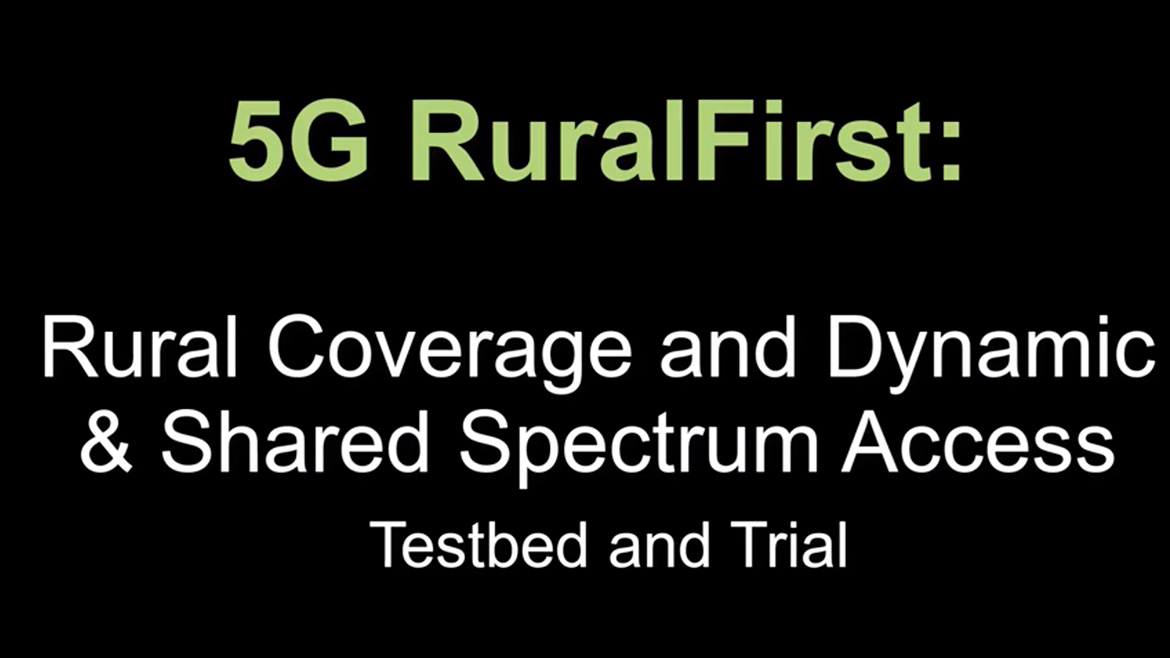5G
5G networks will have to support several services, many of them with different and almost orthogonal performance requirements.
Three major service categories defined for 5G are:
Enhanced Mobile Broadband (eMBB): This has been billed as the main driver for initial 5G rollouts. Not only are end users expecting to receive faster speeds, they expect more data allowances for a lower price. 5G meets end-user expectations while delivering spectral efficiency for the operator. The Parallel Wireless OpenRAN and network software suite plays an important role here by abstracting core functionality and catering for different deployment options, based on the mobile operator requirement.
Massive Machine Type Communications (mMTC): LTE-M and NB-IoT, standardized as part of 3GPP Release-13 version of LTE, are being enhanced to work with 5G. There is no special focus for mMTC in 5G currently, but this will play an important role in the 3GPP Release-16 version of 5G. The Parallel Wireless software suite will help to manage the myriad of IoT devices and mitigate interference and reduce signaling strain on the core.
Ultra-Reliable and Low-Latency Communications (URLLC): This feature promises to make 5G appealing to many new verticals, thereby providing mobile operators with new sources of revenue. There is no focus for URLLC in 5G currently but it will play an important role in 3GPP Release-16 version of 5G. This feature also requires 5GC, as new slices would need to be created for different verticals to meet their requirements.
In addition to the above use cases, fixed wireless access (FWA) has also emerged as an important use case for quite a few operators. While there are no special features that have been added specifically for FWA, features such as 3D beamforming and wider bandwidths make 5G an attractive option for FWA. Parallel Wireless OpenRAN is increasingly being deployed not only to provide mobile broadband services but also for fixed wireless deployments using 4G LTE. It is foreseen that this trend will continue with 5G.
DEPLOYMENT BENEFITS
With Parallel Wireless OpenRAN architecture, MNOs can:
- Deploy 5G networks with 5G-native architecture
The Parallel Wireless architecture is software-based, so it is inherently 5G-native, and a network could be switched to 5G when standards are finalized with a simple software upgrade, maximizing the original 4G investment on the RAN or core. Parallel Wireless architecture supports any migration option.
- Simplify 5G and reduce deployment cost through 5G Open RAN
The orchestration and real-time SON capabilities provide real-time optimization and network automation reducing the maintenance cost and enabling new business cases for 5G. In addition, spectrum sharing and network sharing can be enabled through MORAN and MOCN functionality to maximize spectrum and reduce 5G deployment cost.
- Deliver 5G experiences for consumers and industries
With the features of Parallel Wireless’s OpenRAN architecture, the introduction of network slicing and control and user plane separation (CUPS) on any 5G NSA core supports 5G design architectures.
The OpenRAN software suite manages each slice, delivering the required QoS, security, latency characteristics.
In addition, it will deliver dynamic capacity and throughput for optimal performance for 5G data intensive applications through scalable software-based architecture.
